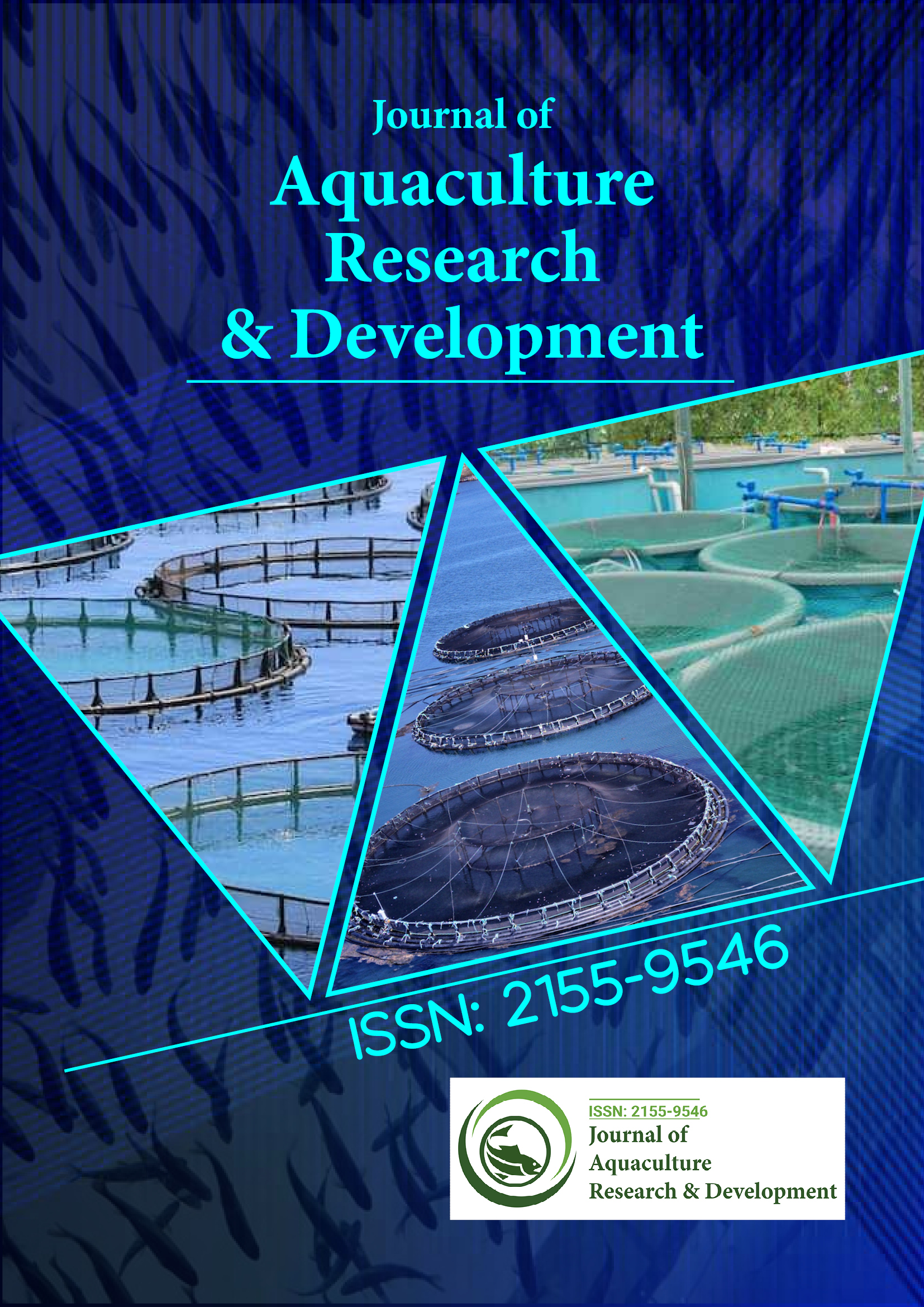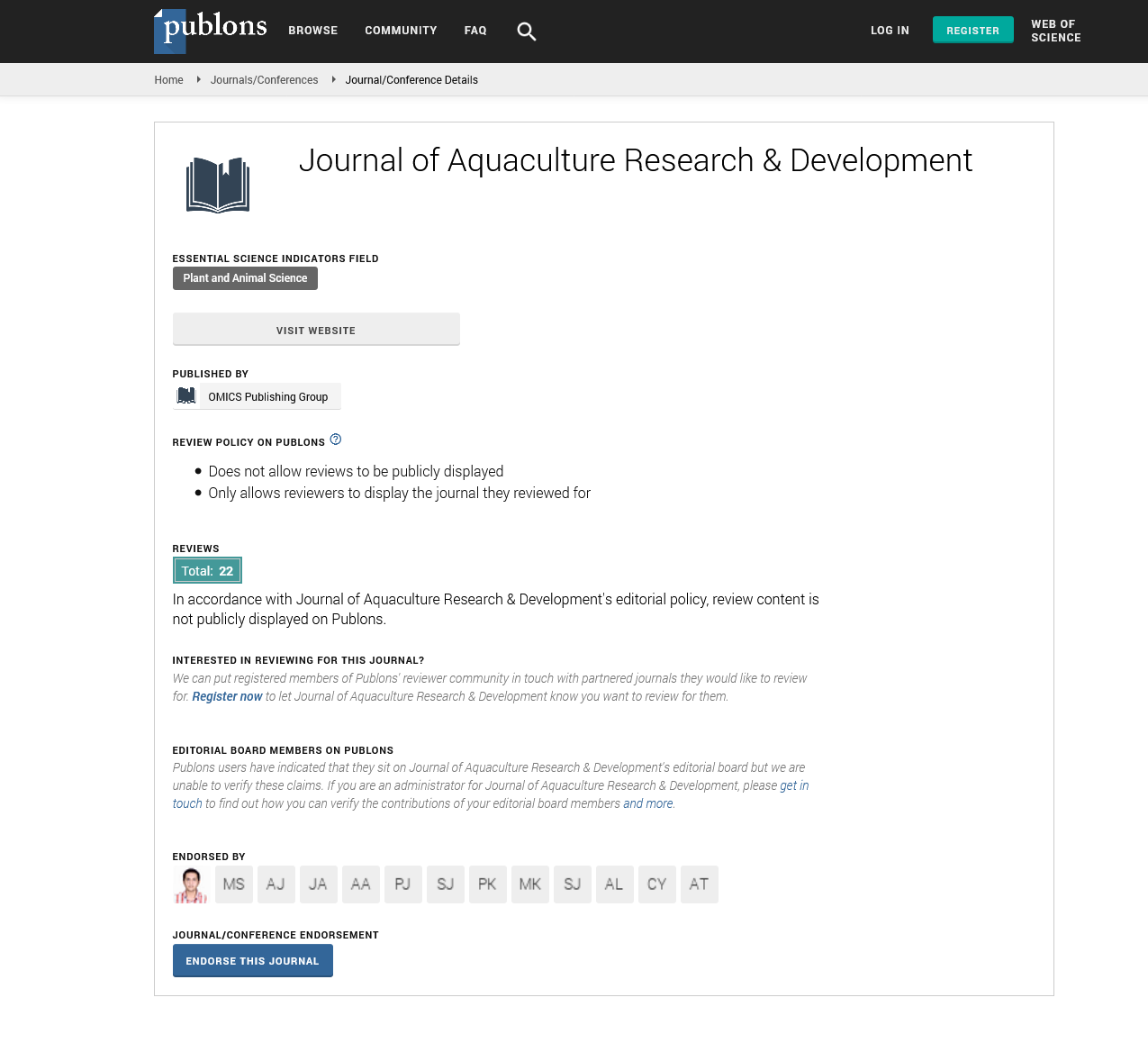Indexed In
- Online Access to Research in the Environment (OARE)
- Open J Gate
- Genamics JournalSeek
- JournalTOCs
- Scimago
- Ulrich's Periodicals Directory
- Access to Global Online Research in Agriculture (AGORA)
- Electronic Journals Library
- Centre for Agriculture and Biosciences International (CABI)
- RefSeek
- Directory of Research Journal Indexing (DRJI)
- Hamdard University
- EBSCO A-Z
- OCLC- WorldCat
- Scholarsteer
- SWB online catalog
- Virtual Library of Biology (vifabio)
- Publons
- MIAR
- University Grants Commission
- Euro Pub
- Google Scholar
Useful Links
Share This Page
Journal Flyer

Open Access Journals
- Agri and Aquaculture
- Biochemistry
- Bioinformatics & Systems Biology
- Business & Management
- Chemistry
- Clinical Sciences
- Engineering
- Food & Nutrition
- General Science
- Genetics & Molecular Biology
- Immunology & Microbiology
- Medical Sciences
- Neuroscience & Psychology
- Nursing & Health Care
- Pharmaceutical Sciences
Commentary - (2024) Volume 15, Issue 10
Role of Bioaccumulation in the Management of Marine Ecosystems
Qu Haiyang*Received: 25-Sep-2024, Manuscript No. JARD-24-27506; Editor assigned: 27-Sep-2024, Pre QC No. JARD-24-27506 (PQ); Reviewed: 11-Oct-2024, QC No. JARD-24-27506; Revised: 18-Oct-2024, Manuscript No. JARD-24-27506 (R); Published: 25-Oct-2024, DOI: 10.35248/2155-9546.24.15.919
Description
The French Mediterranean coast is an area of immense biodiversity, supporting a variety of marine organisms and ecosystems. However, human activities, urbanization and industrial development along this coast have led to the release of organic pollutants into the marine environment, impacting the health of ecosystems and the organisms that reside within them. This study inspects the bioaccumulation of organic compounds in marine biofilms and caged mussels along the French Mediterranean coast, evaluating the extent to which these pollutants integrate into biological systems and affect ecological health.
Bioaccumulation refers to the process by which organisms absorb chemicals from their environment, leading to the concentration of these substances in their bodies over time. In marine environments, organic compounds such as Polycyclic Aromatic Hydrocarbons (PAHs), Polychlorinated Biphenyls (PCBs) and pesticides are common pollutants, originating from activities like industrial discharge, agricultural runoff and shipping. These pollutants often exhibit persistence, remaining in the environment for extended periods and transferring through food webs. Organisms like mussels, often used as bioindicators, provide insight into the level of pollution within marine environments, while biofilms complex assemblies of microorganisms on surfaces serve as initial sites of pollutant interaction within marine ecosystems.
This study focuses on the French Mediterranean coast, where high urban and industrial activities have increased pollutant loads in coastal waters. By understanding the bioaccumulation of organic pollutants in marine biofilms and caged mussels, this research aims to assess the spread of these contaminants within marine ecosystems and the risks posed to biodiversity and human health.
The French Mediterranean coast receives numerous organic pollutants from various sources. Industrial waste, agricultural activities and shipping contribute significantly to the introduction of Persistent Organic Pollutants (POPs) into the coastal waters. PAHs, for example, are products of incomplete combustion from fossil fuels and are commonly associated with urban runoff and industrial activities. These compounds are of particular concern due to their carcinogenic and mutagenic properties, posing threats to both marine organisms and human consumers of seafood.
PCBs, another group of POPs, were historically used in industrial applications, including electrical equipment and construction materials. Although their use has been restricted, their persistence in the environment means they continue to be detected in marine sediments and organisms. Similarly, pesticides used in agriculture often reach coastal waters through runoff, impacting non-target organisms like mussels and biofilms. The French Mediterranean coast, with its proximity to agricultural zones, industrial regions and highly trafficked shipping routes, provides an ideal setting for investigating bioaccumulation in marine organisms.
Biofilms, which consist of bacteria, algae, fungi and protozoa embedded in a matrix of extracellular polymeric substances, form on submerged surfaces in marine environments, providing a habitat where pollutants can attach and accumulate. Due to their structural complexity, biofilms trap and retain organic compounds, facilitating their movement through food webs when consumed by herbivores or filter feeders.
Research shows that biofilms are highly effective in accumulating organic compounds. Their surface area allows for the sorption of hydrophobic pollutants, which then integrate into the microbial community structure. The microbes within biofilms also have enzymatic systems capable of transforming some organic compounds, resulting in either detoxification or metabolic activation, leading to more toxic by-products. Studying biofilms along the French Mediterranean coast can reveal the extent of contamination in initial stages of the food web, providing insight into how pollutants progress through marine ecosystems.
Mussels are commonly used as bioindicators because of their filter-feeding behavior and sedentary lifestyle, which makes them representative of localized pollution. By filtering large volumes of water, mussels concentrate pollutants within their tissues, allowing researchers to monitor contamination levels over time. In this study, caged mussels were used to monitor pollutant accumulation along the French Mediterranean coast, offering a standardized method for assessing regional pollution levels.
Citation: Haiyang Q (2024). Role of Bioaccumulation in the Management of Marine Ecosystems. J Aquac Res Dev. 15:919.
Copyright: © 2024 Haiyang Q. This is an open-access article distributed under the terms of the Creative Commons Attribution License, which permits unrestricted use, distribution, and reproduction in any medium, provided the original author and source are credited.

